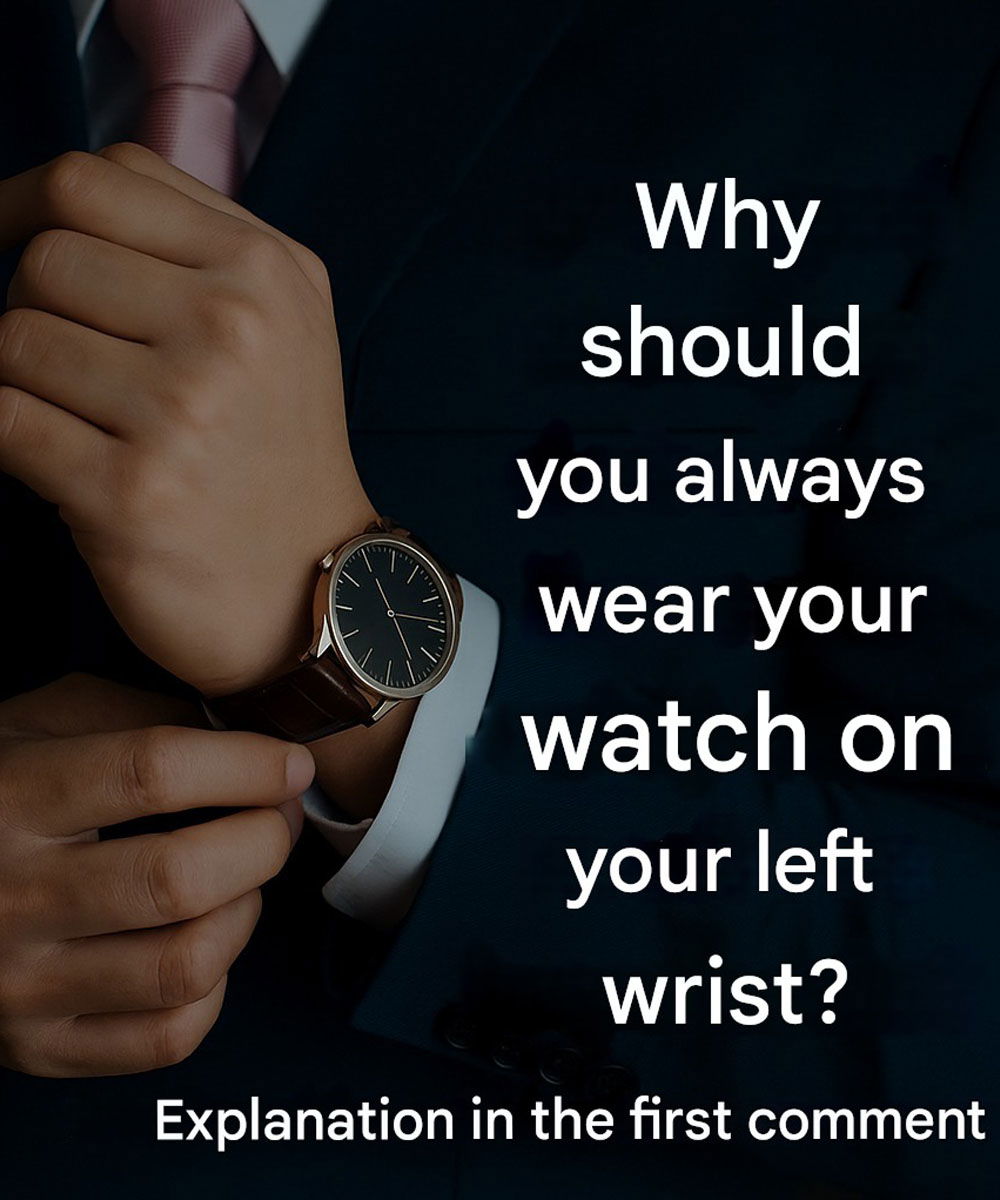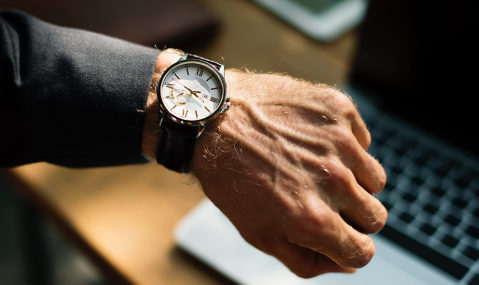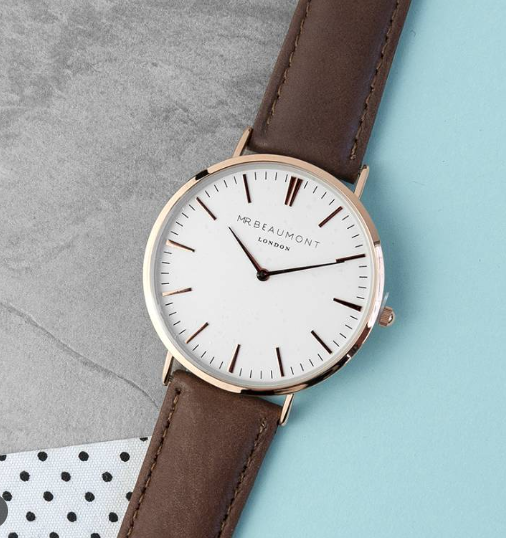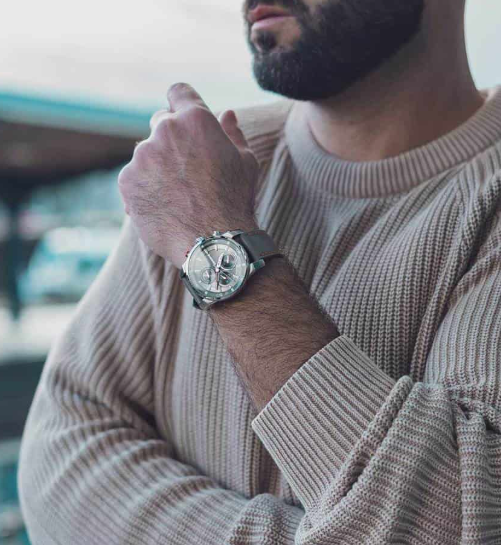
Though today the wristwatch has become a fashion accessory, for decades it was an essential tool for measuring time accurately. Yet, something that many take for granted without asking is: why do most people wear the watch on their left wrist? Is it simply a habit or is there a practical and logical reason behind it?
In today article, I explain why this choice is not accidental and how it can even influence the durability and comfort of your watch.
Why should you always wear your watch on your left wrist?

There are many reasons, both historical and practical, that explain why you should wear the watch on your left wrist, especially if you are right-handed. Here are the most important ones:
1. Comfort when using the dominant hand
Most people are right-handed. This means they use their right hand more to write, eat, work, and manipulate objects. Wearing the watch on your non-dominant (left) hand prevents it from interfering with these tasks and prevents frequent bumps or scratches.
2. Increased watch durability
Being on the less active wrist, the watch is less exposed to sudden movements, falls or impacts. This helps to better preserve its internal mechanisms and prolongs its service life.
3. Ease of setting or seeing the time

Analog watches usually have the crown (the button to adjust the time) located on the right side of the case. This means that, when worn on your left wrist, you can easily adjust the time with your right hand without removing the watch.
4. Inherited tradition of military watches
In the past, especially during wars, soldiers needed to check the time quickly while still using their weapon (usually in the right hand). Therefore, wearing the watch on the left became a practical rule.
5. Avoid excessive sweating
Because the dominant hand moves more and sweats more, wearing the watch on the left helps keep it drier, which is great for preserving the strap, especially if it’s leather.
Practical tips

– If you are left-handed, consider wearing the watch on your right wrist, following the same logic: to protect it and make it easier to use.
– Adjust the strap well, not too tight or too loose. A loose strap can lead the watch to be bumped; A very tight one can lead to discomfort or circulation problems.
– Avoid exposing the watch to perfumes or creams, as they can damage its materials.
– Clean it regularly with a soft cloth, especially if you use it every day.
– Wear ergonomically designed watches if you’re going to wear it for many hours at a time, to avoid marks or skin irritations.
In conclusion, wearing the watch on the left wrist is not just a matter of style, but a choice that makes sense from the functionality and care of the accessory. Now that you know, on which wrist do you wear your watch?

















